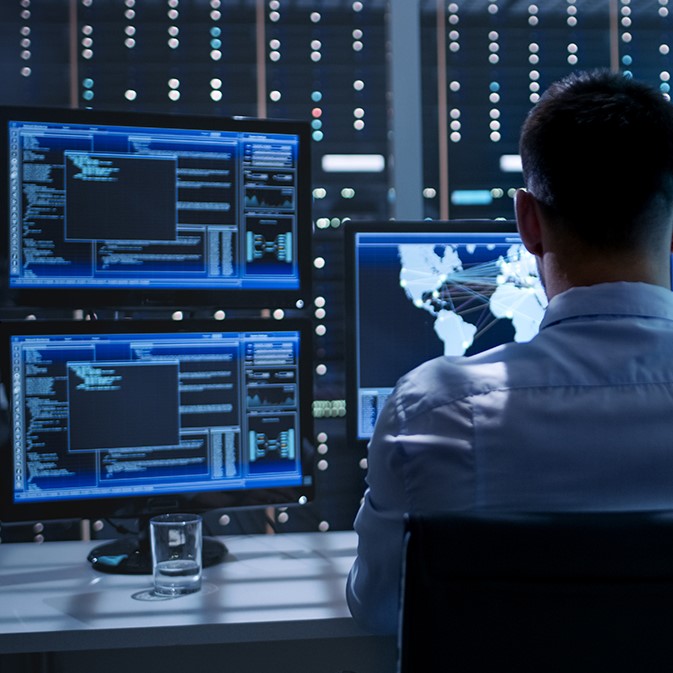The pandemic has had adverse effects on industries across the globe. With personnel scattered, the need of the hour is a robust remote asset monitoring system for all industries.
With the implementation of lockdown measures and curfews, there is a severe lack of visibility into industrial assets located in remote areas. Insight into these assets’ health is further hampered by the scant manpower available to periodically monitor and maintain them.
Remote asset monitoring provides the user with real-time information and actionable insights for their assets. Sensor modules attached to the machinery can deliver accurate data to the user via a web dashboard or notifications directly to their mobile devices. The implementation of a remote monitoring system is as crucial as the data itself.
An ideal remote condition monitoring system must have the following salient features:
- Ease of installation: The installation of a remote condition monitoring system must be simple, requiring little manpower and equipment. A compact module requiring no additional infrastructure can greatly simplify installation.
- Plug-and-play: The device must be able to self-calibrate its measurement parameters in order to provide insight for any machinery it is mounted on instantly.
- Completely wireless: The device must be capable of functioning and streaming data wirelessly to avoid hardwiring around sensitive assets.
- Accurate insights: Any remote asset monitoring system must provide actionable insights irrespective of the equipment it is mounted on. The alerts must be received by the user sufficiently in advance to allow for planning and execution of a maintenance service to prevent the developing failure from affecting operations.
- Longevity: A remotely placed sensing equipment must have a long battery life as replacement of the battery in short intervals would be counterproductive to the essence of remote asset monitoring.
- Ease of replacement: Once the device is nearing the end of its useful life, replacing it with a new device should be simple and quick to avoid loss of incoming data.
Remote asset monitoring systems can also be implemented in an urban environment for municipalities, helping to improve the overall uptime of these assets. This can help municipalities, which are also constrained by the new norm caused by the pandemic, to send out their sparse workforce only when necessary.
In conclusion, the benefits of remote asset monitoring will only grow with time and technological leaps. Every industrial asset, connected, every parameter, monitored and every fault, avoided.

